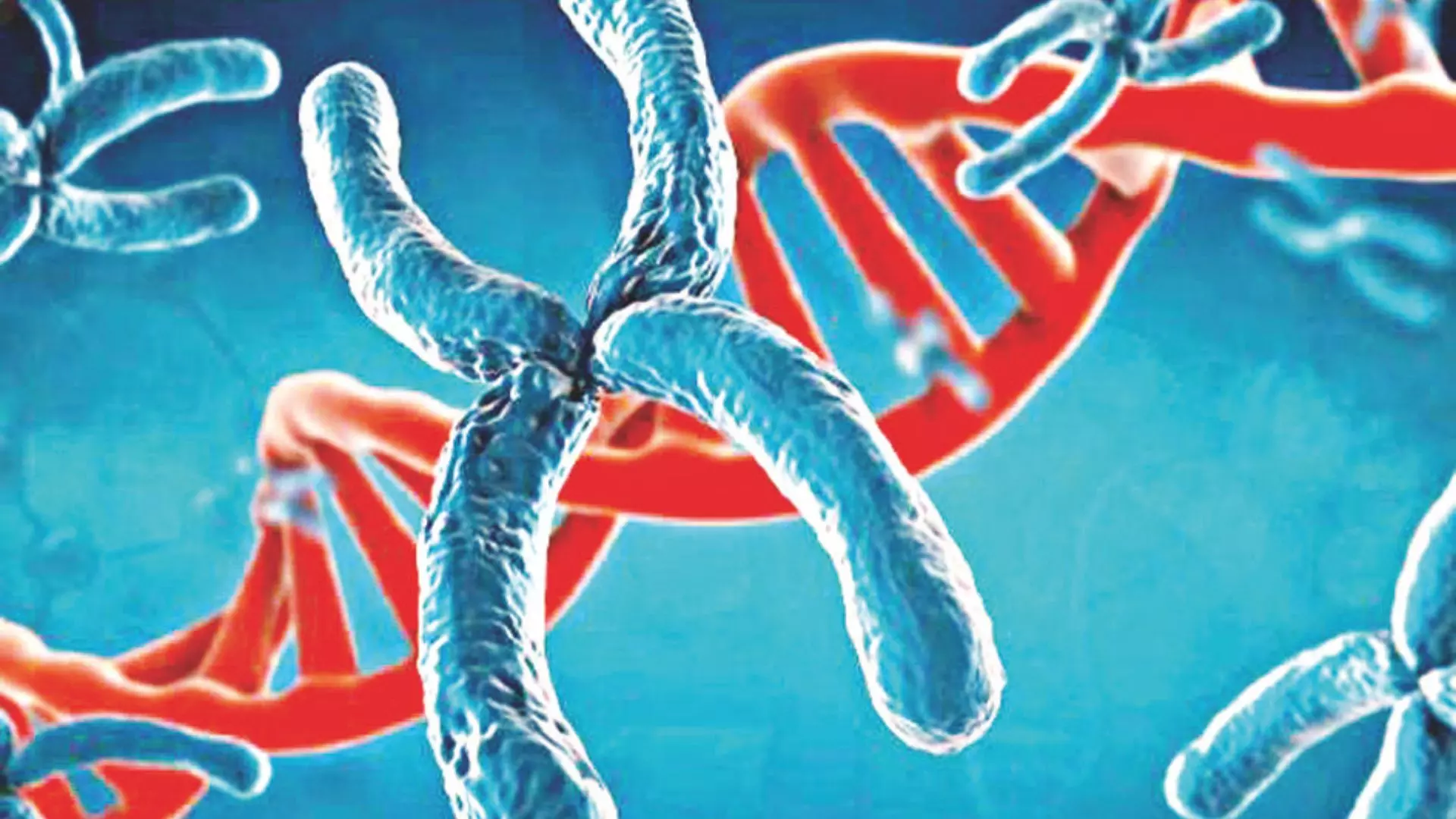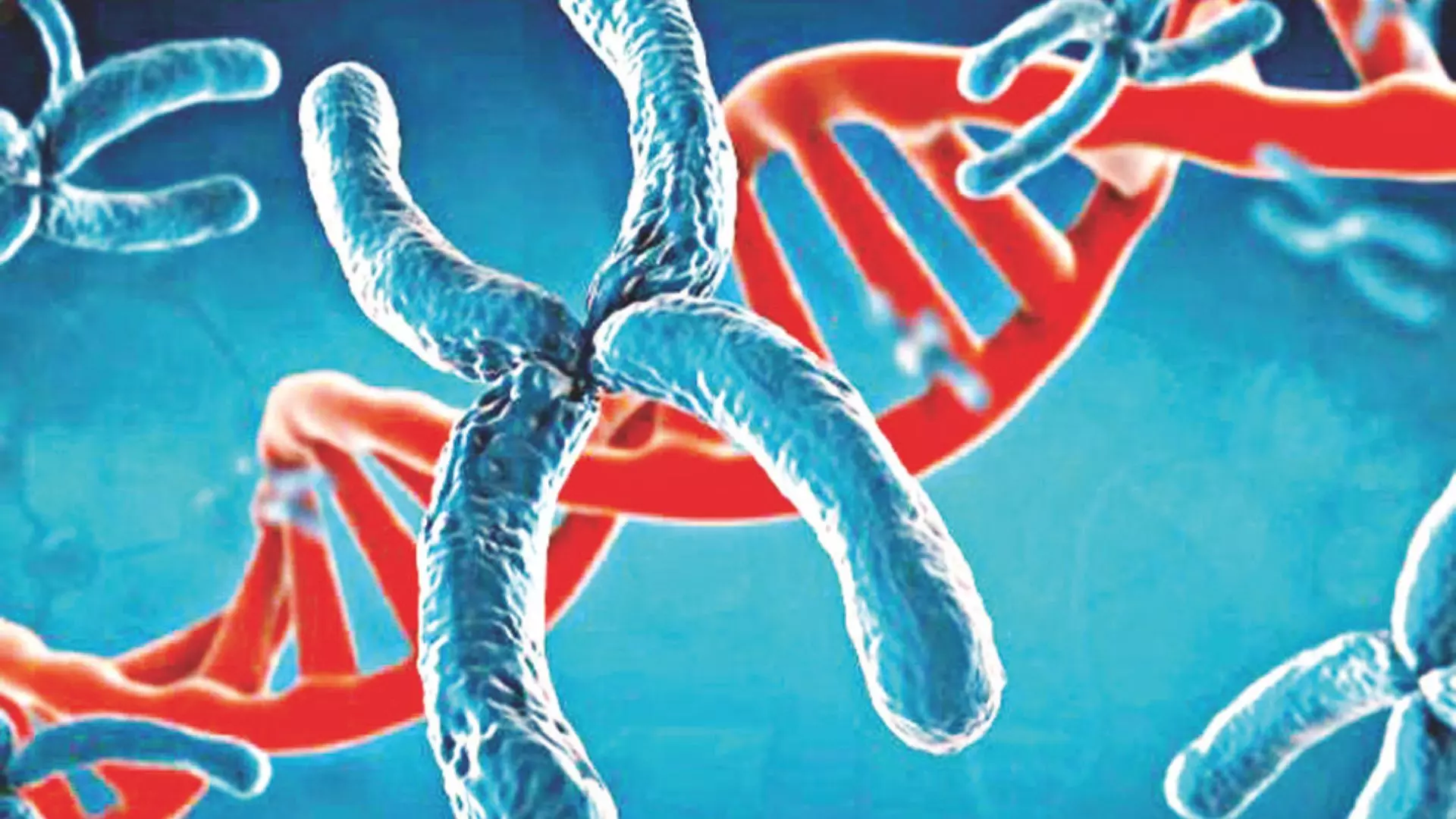
Everybody is talking about the ‘master of manliness’ disappearing from the face of this Earth. Will men go extinct? With the Y chromosome steadily shrinking over the past 300 million years, a new study in Proceedings of the National Academy of Sciences claims that the Y chromosome is “running out of time” and men could eventually disappear. According to Jennifer Graves, a distinguished Professor and Vice-Chancellor’s fellow at La Trobe University in Melbourne, Australia, “If this trend continues, the Y chromosome could disappear entirely.”
The Y chromosome, one of the two sex chromosomes that determine the sex of humans and other mammals is in danger. It’s a known fact that males usually have one X and one Y chromosome (XY) as compared to females who have two X chromosomes (XX).
Prof Jenny says, “The loss of genes from our Y chromosome is occurring at a very slow rate.” She explains how there were 1,000 genes on the Y chromosome some 150 million years ago. Today, it only has around 42-45 genes left. After doing the math, she states, “A loss rate of 958/150= 6.4 genes per million years.
At this rate, the last 42 genes would be lost in about 6.5 million years.”
Genome Expert
Prof Jenny, who was awarded the 2017 Prime Minister’s Prize for Science, explains how the ‘XY’ chromosome was once an ordinary pair that had little to do with sex. As per her research, in other vertebrates (birds, reptiles and fishes) XY still continues to simply serve as an ‘ordinary’ chromosome. However, it was noticed in mammals that one member from the two, took a leap forward and evolved into the SRY aka as the sex-determining region Y gene found on the Y chromosome. Thus, moulding itself into the famous ‘Y’ chromosome as we know it today. “This happened almost 150 million years ago. The X chromosome is quite large and contains about 1,000 genes, but the Y chromosome is smaller and has only 45 genes,” Professor Jenny explains.
Professor Jenny shares how Y also contains a lot of repeat sequences or as they are known “junk DNA.” With a relaxed tone she adds, “The loss of genes from the Y chromosome is a rule of nature.” The Y chromosome is degenerating quite rapidly in fruit flies as well as other mammals.
Shrinking Y Chromosome
While the Y chromosome seems to have caused panic around. It has always been unique in garnering attention and eyeballs since its very evolution! Dr Harsh Sheth, Assistant Professor and Head
of the Advanced Genomic Technologies Division at FRIGE Institute of Human Genetics in Ahmedabad says, “The Y chromosome is of interest not only because it holds the ‘master’ switch to sex determination but also because of its unusual evolutionary history.”
The Y chromosome is believed to have evolved through a massive yet intricate process of evolution. It evolved from an ‘autosome’ (any chromosome from 1 to 22). This dates back to nearly 200-300 million years. “The shrinkage of the Y chromosome is an evolutionary process,” adds Dr. Harsh Sheth. According to analytical data and computer simulation models, the Y chromosome is meant to degenerate!
He adds, “The Y chromosome initially degenerates rapidly but then the decay slows down over time.” This halt soon kicks in after a threshold number of ‘Y’ linked genes is reached.
Dr Shruti Bajaj, Consultant Clinical Geneticist and Director, The Purple Gene Clinic from Mumbai affirms that the Y chromosome has undergone a significant genetic decay – losing about 97% of its ‘ancestral genetic material.’ She asks, “When humans did not need the tail, the tailbone became vestigial right?” The tailbone going vestigial did not really translate into humans going extinct!
Drawing parallels that in evolutionary genomics, certain genes that tend to be less useful or contributory usually do get pruned out. “But this should not amount to us speculating about the extinction of the entire Y chromosome,” Dr Shruti says, adding, “Since time immemorial gene bits have been lost. So why just the Y chromosome then? These losses are what makes one more human.”
SRY Uniqueness
The Y Chromosome carries the SRY gene! This SRY gene is responsible for triggering the development of male reproductive tissues like the testes. Dr Harsh Sheth says, “The absence of this SRY gene from the Y chromosome can also lead to a disease called disorder of sex development.” The SRY gene then, is considered to be a highly ‘conserved’ gene. Making it a critical one in sex determination overall.
Back to Future
Prof Jenny says that there are two groups of rodents which have already lost the whole Y chromosome along with the SRY gene. She shares that they have still had males and females. This, she believes, could be due to the evolution of a new sex-determining gene! Her Japanese colleagues, led by Asato Kuroiwa at Hokkaido University recently found that most Y chromosome genes in spiny rats had relocated to other chromosomes. Researchers at Hokkaido have now identified that a small DNA duplication near the SOX9 gene on chromosome 3, present in all male spiny rats could take the role of the missing or depleting SRY gene! The study sheds light that the possible degeneration of the Y chromosome has not proven fatal for the male species. Instead, it ‘adapted’ itself and found an ‘alternative way’ to determine sex.
Possible Ex-tension
The Y chromosome may be shrinking, but the spiny rat’s ability to survive and reproduce without a dominant Y chromosome has paved the way for the potential of humans to come up with a new sex-determining gene. Professor Jenny says, “There’s no need to panic – 6.5 million years is plenty of time to think of a possible spiny rat solution in India, as anywhere else.” Dr Shruti concludes by saying, “While the Y chromosome may be shrinking, our faith in evolution need not!”
‘y’ Disappear
• The Y is always in a testis, never in an ovary, making sperm requires cell divisions – each one at a risk of mutation
• It cannot repair itself by recombining with another Y- there is only one ‘Y’ in a cell
• The Hitchhiker effect: By which Y chromosomes with a favourable number of mutations are selected even though they have otherwise lost other genes!
